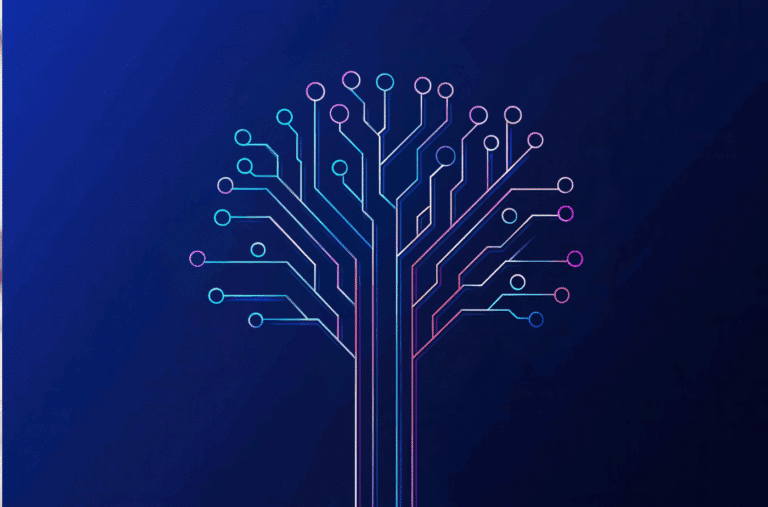By: Joli Shumpert, Implementation Specialist
The criminal justice system plays a vital role in maintaining law and order in society. One of its key components is the jail system, which is designed to detain individuals who have been accused or convicted of crimes. However, the traditional approach to incarceration often overlooks the potential for positive engagement with the community. This blog explores the missed opportunities through community engagement and outreach within jail systems when it comes to fostering rehabilitation, reducing recidivism, and strengthening the ties between inmates and their communities. It also discusses the benefits of creating partnerships between correctional facilities and local organizations, such as schools, businesses, and social services to provide support and resources to inmates before and after release.
Rehabilitation vs. Punishment
Jail systems primarily focus on punitive measures, such as confinement and isolation, rather than rehabilitation. This approach often leaves inmates ill-equipped to reintegrate into society upon release. Shifting the emphasis of the criminal justice system away from punitive measures and towards rehabilitation is a strategy that can yield numerous benefits for both inmates and society at large. While the punitive approach may provide a sense of retribution, it often fails to address the root causes of criminal behavior and can lead to high rates of recidivism.
Reentry Programs
Reentry programs can play a crucial role in successful reintegration into society. Ex-offenders most likely have accumulated debts during their period of incarceration or face financial difficulties upon release, making it harder to meet basic needs. Yet, finding a job is the most significant challenge faced by inmates upon release. Many employers are reluctant to hire individuals with a criminal record, leading to high rates of unemployment among ex-offenders. Job training and placement which help ex-offenders acquire skills and secure employment, housing assistance, and substance abuse counseling can assist former inmates become productive members of their communities, reducing the likelihood of returning to criminal activities. Establishing partnerships with local businesses that offer job placement programs for former inmates not only reduces the financial burden on the state, but also helps individuals become self-sufficient and contributing members of society, decreasing their chances of reoffending.
- Access to Education – Collaboration with local school systems and educational institutions can provide inmates with access to educational programs. This empowers them to earn high school diplomas or pursue higher education, which can significantly improve their long-term prospects.
- Support for Families – Inmates’ families often face economic and emotional hardships during incarceration. Partnering with local organizations can provide support and resources to these families, ensuring a smoother transition for inmates upon their release.
Community-Based Alternatives to Incarceration
Community-based alternatives to incarceration can offer non-violent offenders the opportunity to serve their sentences in the community under supervision, rather than behind bars, helping to reduce overcrowding in jails. Additionally, it allows for the preservation of familial and community ties. Research examining the relationship between inmate-family ties during incarceration and post-release indicates that maintenance of family and community ties is positively related to better outcomes.
Restorative Justice
Standing in contrast to the traditional focus on punishment and isolation, restorative justice is a process that focuses on repairing the harm caused by criminal behavior and involving both victims and offenders. With the support of trained facilitators, victims of crime have the opportunity to express their feelings, while offenders gain insight into the consequences of their actions, fostering a greater understanding of the human costs of their behavior. Offenders are encouraged to take responsibility for their actions and their impact on others during this process. This may involve acknowledging the harm their crimes caused, making amends, and actively working towards restitution or reconciliation. Restorative justice programs are a transformative approach to addressing criminal behavior which can lead to increased accountability and empathy among inmates, while also providing closure and healing to victims and the community.
Mental Health and Substance Abuse Treatment
The prevalence of mental health and substance abuse issues among inmates in jail systems is a significant and concerning problem. Several factors contribute to these issues and unfortunately, they often go untreated. Studies have consistently shown that a significant portion of the population in jails and prisons suffer from mental health issues. According to BJA statistics, about 44% of state prisoners, 39% of federal prisoners, and 64% of jail inmates have a mental health condition, many with a co-occurring substance abuse issue, creating a complex dual diagnosis. The potential benefits of investing in mental health and addiction treatment programs within jails can improve inmates’ well-being and reduce the likelihood of reoffending. Treating mental health and addiction issues can lead to better overall well-being for inmates, which can reduce the incidence of violence, self-harm, and suicide within correctional facilities.
Some jurisdictions have established mental health courts that focus on diverting individuals with mental health and substance abuse issues away from traditional criminal courts and into treatment programs, while others have developed Medication-Assisted Treatment (MAT) Programs which combine medication with counseling and therapy effective in treating opioid addiction among inmates.
While investing in treatment programs may seem costly upfront, it can lead to long-term cost savings by reducing the need for repeat incarcerations and emergency healthcare services for untreated mental health crises. Addressing the underlying issues that often lead to criminal behavior can help individuals reintegrate into society successfully.
Resource Efficiency
Local organizations can offer specialized services, such as counseling, addiction treatment, or job training, which correctional facilities might not be equipped to provide. This sharing of resources can lead to cost savings for both the correctional facility and the community.
Reimagining the Role of Jails
By challenging the conventional notion of jails solely as places of punishment and confinement, jail systems have the potential to become valuable tools for community improvement. By embracing rehabilitation, exploring alternative sentencing options, and fostering stronger connections with the community, we can address the missed opportunities within the current jail system. Rehabilitation programs that offer education, vocational training, and mental health support not only reduce recidivism, but also contribute to improved community reintegration, reduced costs, and overall safer societies. By investing in these programs, we can break the cycle of crime and help individuals become productive citizens after serving their sentences.
Collaboration and the creation of partnerships between correctional facilities and local organizations to support inmates before and after release is a proactive approach that benefits individuals, communities, and society as a whole. This approach promotes rehabilitation, reduces recidivism, enhances community safety, and leverages available resources efficiently ultimately contributing to a more just and productive society and a more compassionate criminal justice system. To speak with our team about the larger issues at play within your facility and how our solutions might be able to help, reach out to us today.






